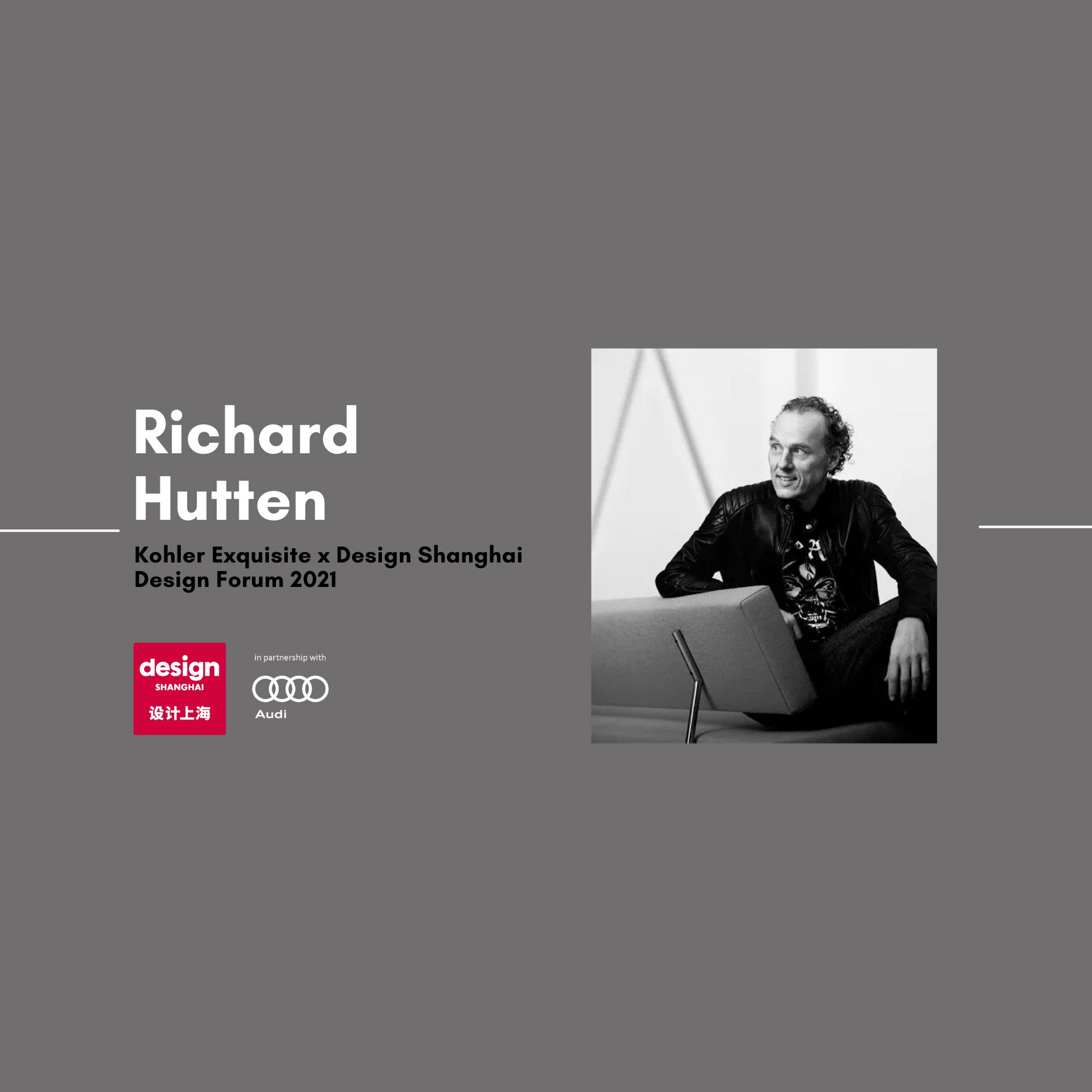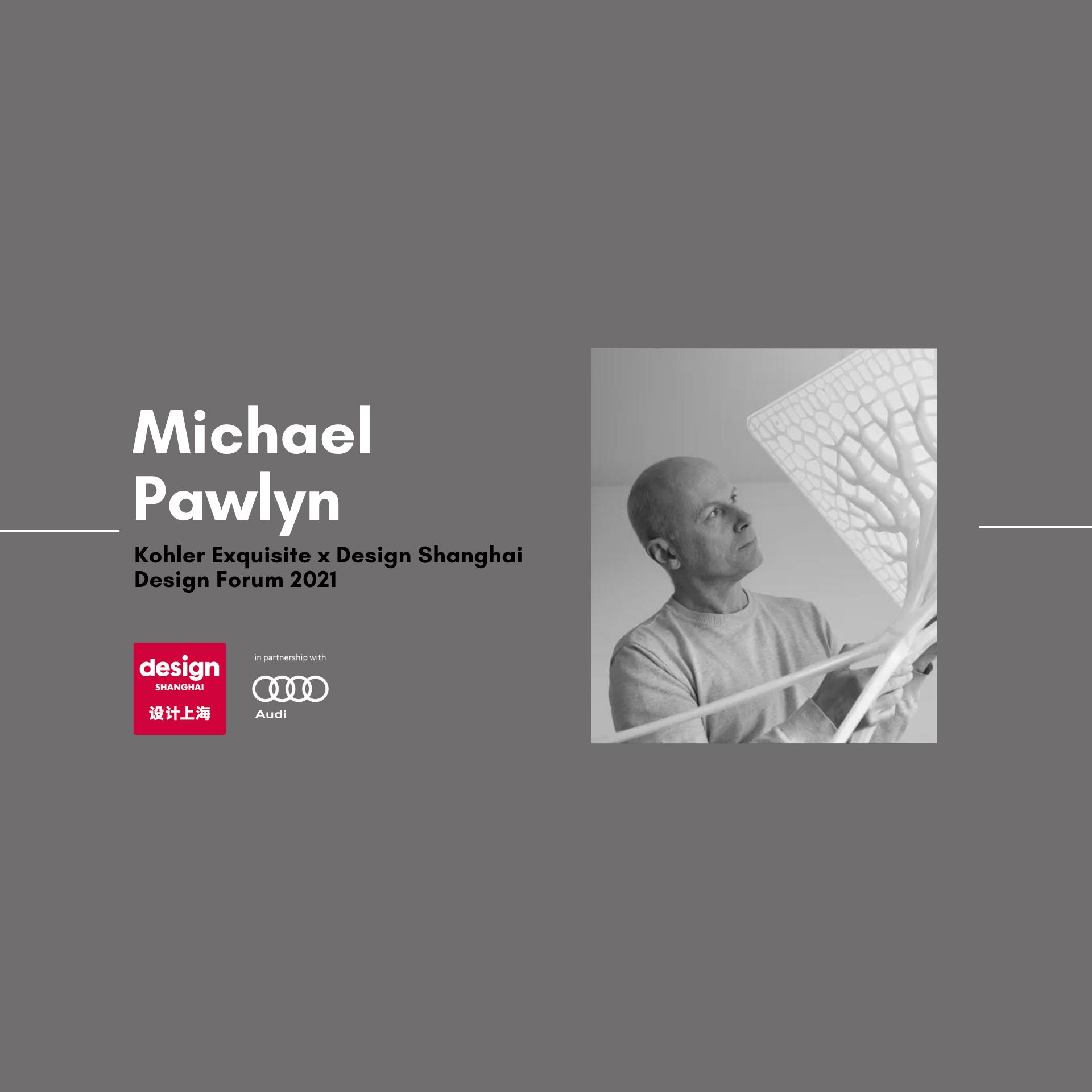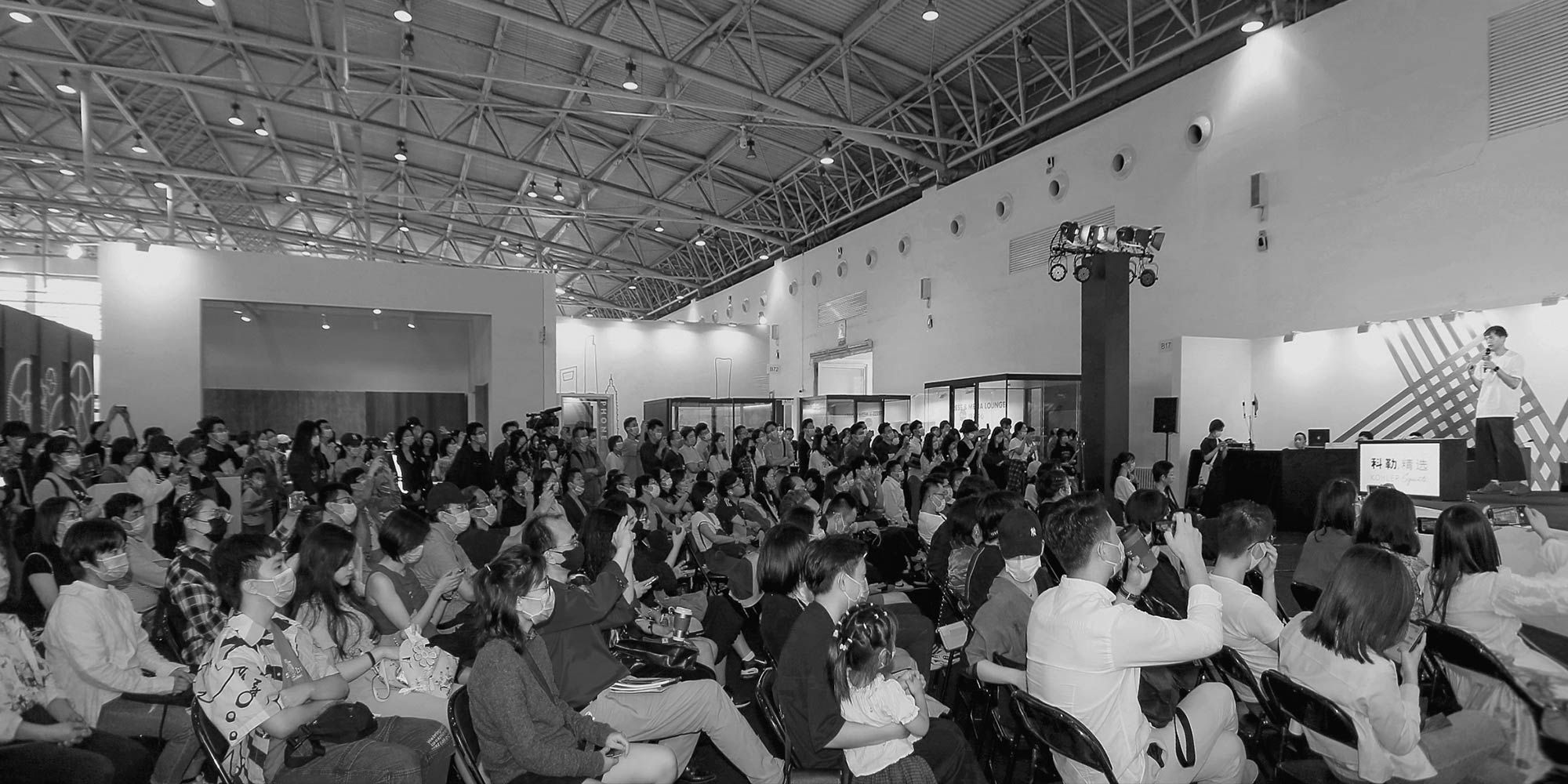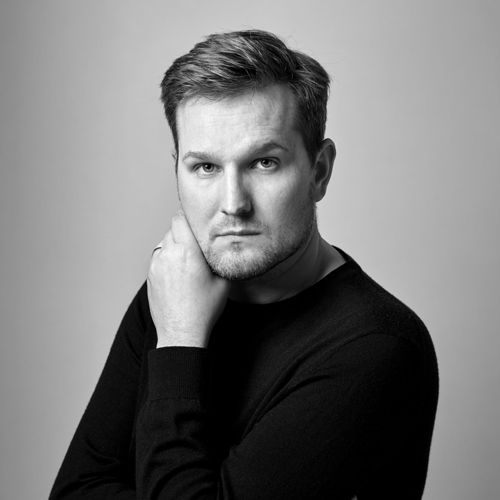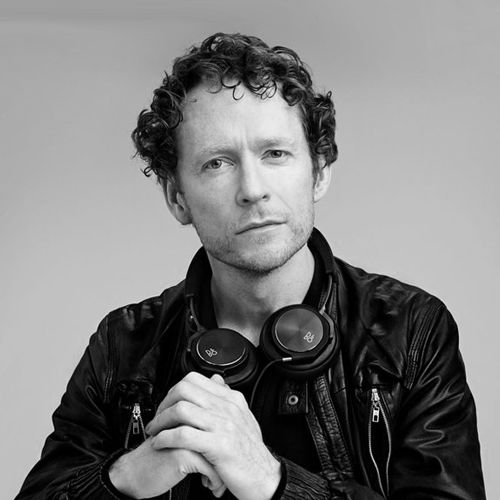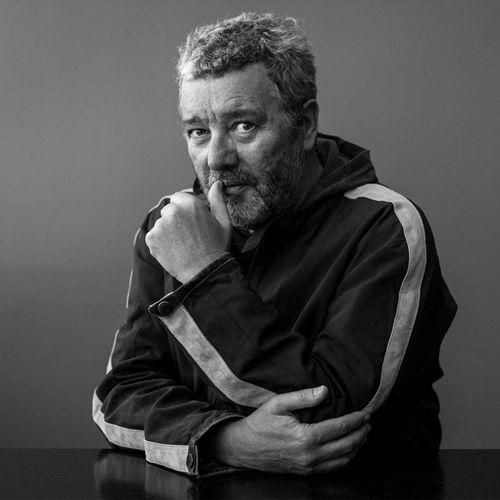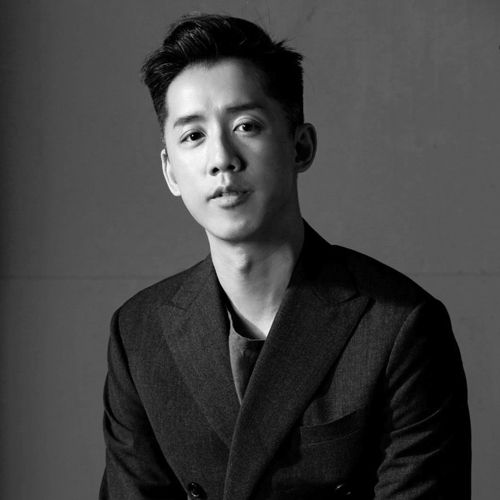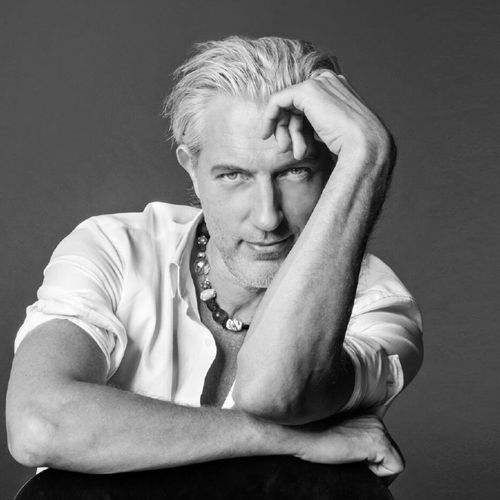Design China Beijing 2021: Nature, Nurture and Sustainable Beauty
Nature is the nurturer, the source of nourishment, the giver of life. ‘Nature is not just “nice to have”,’ says Mike Barrett of WWF. ‘It is our life support system.’ Global wildlife populations have declined 68% since 1970; more than half the CO2 emissions in human history have happened since 1990. Very bad things are happening very fast. We are hurtling headlong into a catastrophe for all living beings. This isn’t just climate change; this is we humans, destroying our own home.
But we know this. We don’t want to be told it over and over again. We need messages of hope. How do we nurture nature, turn degeneration into regeneration?
At Design Shanghai 21 we celebrated design practice and practitioners committed to these principles. It’s more than using forms, structures and materials inspired by nature; we design with nature’s self-regenerating structures and materials, creating a system where resource is not just sustained, but actively replenished.
For Design China Beijing we turn our attention to the changes in thinking and attitudes we need, not just to make the world a better place, but to rescue it – to make sure it, and we, survive and thrive. Attitudes towards beauty are at the heart of this change. Advanced technologies and ancient craft traditions must feed each other to sit in harmony with nature and generate a true creative process, eliminating waste and making, not using, energy. Materials, processes, urbanism, community and communality; the relationship between digital technologies and natural resources; beautiful environments that are not only truly sustainable, but genuinely restorative. The best minds in global and Chinese design are grappling with how we handle these issues right now, and Design China Beijing is where their voices are heard and their experiences absorbed.
It’s design’s responsibility to lead the way. ‘Design is a willing accomplice in the implementation of lifestyles that we are taking for granted’ says Vienna Museum of Applied Arts curator Thomas Geisler. But that must change. ‘The climate crisis and the pandemic teach us to change our habits, to listen to our intuition and to gain empathy in order to resonate with the environment.’
We must make restorative, regenerative design not only natural but beautiful. We must design a new aesthetic, transform our thinking and our clients’ desires, to show them what is possible – outcomes they have never dreamed of.
We are part of nature, a self-regulating, self-healing, natural system. To design within that system is to create true beauty, in operation as well as aesthetics. Regenerative design is regenerating design itself.
Aidan Walker, Forum Programme Director,
Design Shanghai, Design China Beijing, Design Shenzhen



